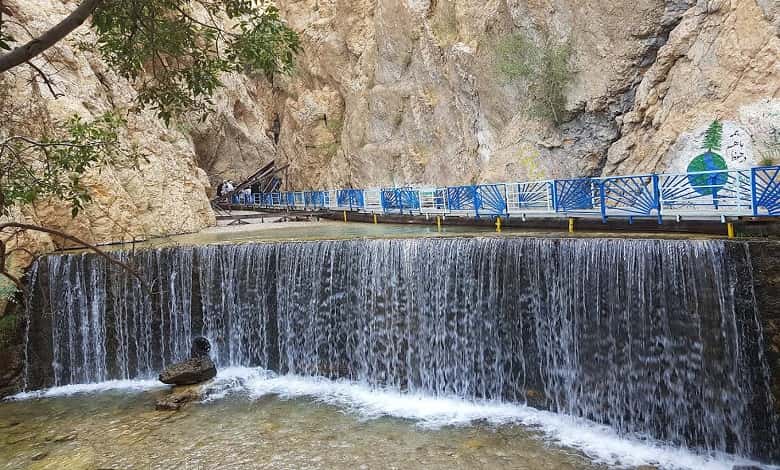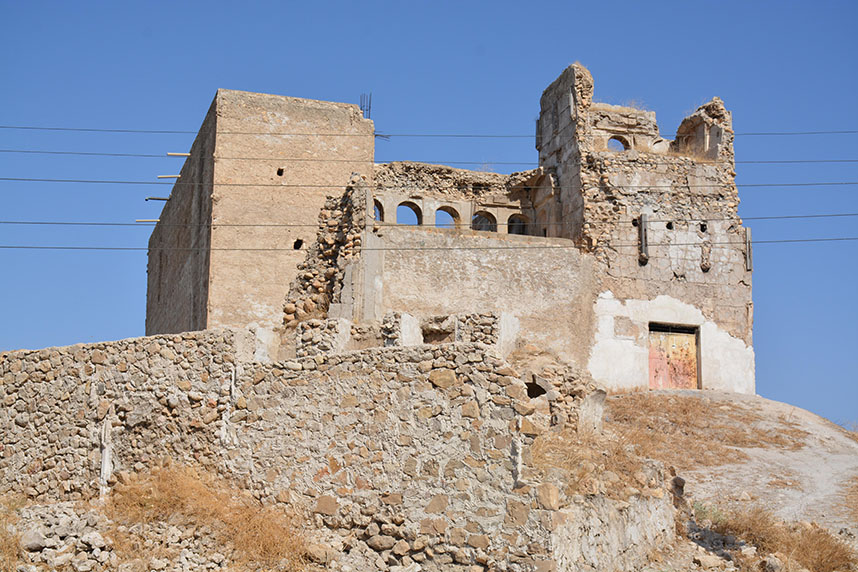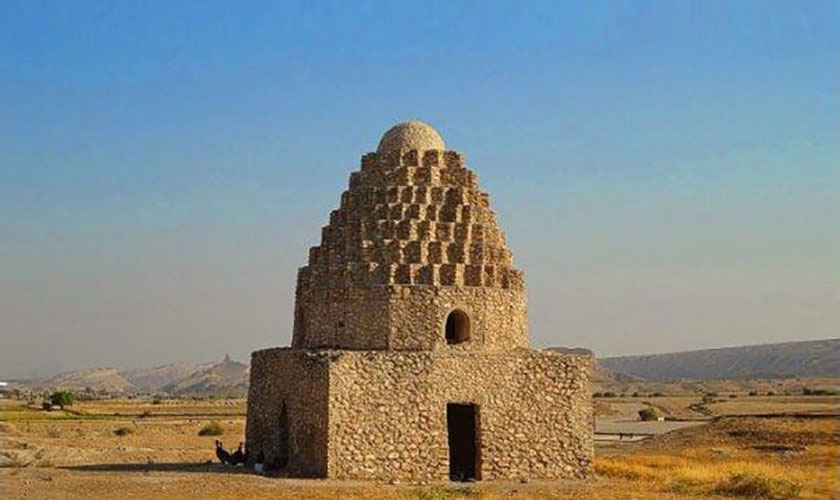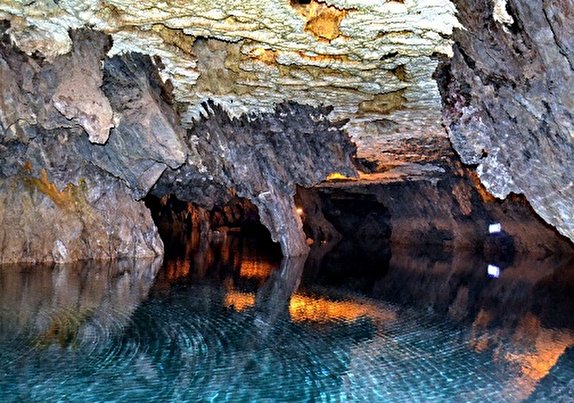Kohgiluyeh and Buyer-Ahmad Province
Kohgiluyeh and Buyer-Ahmad province (Persian: استان کهگیلویه و بویراحمد, [Kohgīlūyeh va Būyer-Ahmad]) is located in the southwest of Iran. It is a mountainous region where Zagros Mountains range cover most of the northern and eastern parts of its area. The highest point is Dena Mountain with a height of 4409 meters above the sea level. Considering the geographical features of this province, the more you move from the north-eastern mountains to the south-western areas, the height of the mountains and the humidity of the weather significantly decreases which causes this province to have two distinct cold Boyer-Ahmad and hot Kohgīlūye regions. Therefore, from the earliest times of civilization, Iranian nomads have found it an ideal home.

One of the most important protected territories of the wild life in this province is called Dena which is rich in terms of species of plants and animals. There are different kinds of trees, forest plants, lawns, herbs, and edible plants– crucial economical resources for local people. This area is also the home of many species of animals such as large brown bears, leopards, wolves and wild cats as well as birds like eagles, hawks, partridges, skylarks and some other local birds like Kamarkoli and Sangcheshm.

Music among Boyer Ahmadi nomads—like other tribes of nomads — enjoys a high respect. These tribes of Boyer-Ahmadi nomads play and sing special folk songs called “Ghass”. The musical instruments used to compose such songs are kettledrum, Iranian oboe and a kind of reed flute called Pīsheh. Common folk dances include the Dopā, Sarpā, Chūb, Sad Dastmālī, Yālābeh, Bakhtīārī, Narmeh-Narmeh and Torkī Shah Farangī.

Making handicrafts is a common art and a source of income among the nomad tribes of this province. They have been involved in carpet weaving, drugget weaving, coarse blanket weaving and Gachmeh weaving. The people in Kohgīlūye Va Boyer-Ahmad have Lur ancestors and they also speak in Luri dialect.

